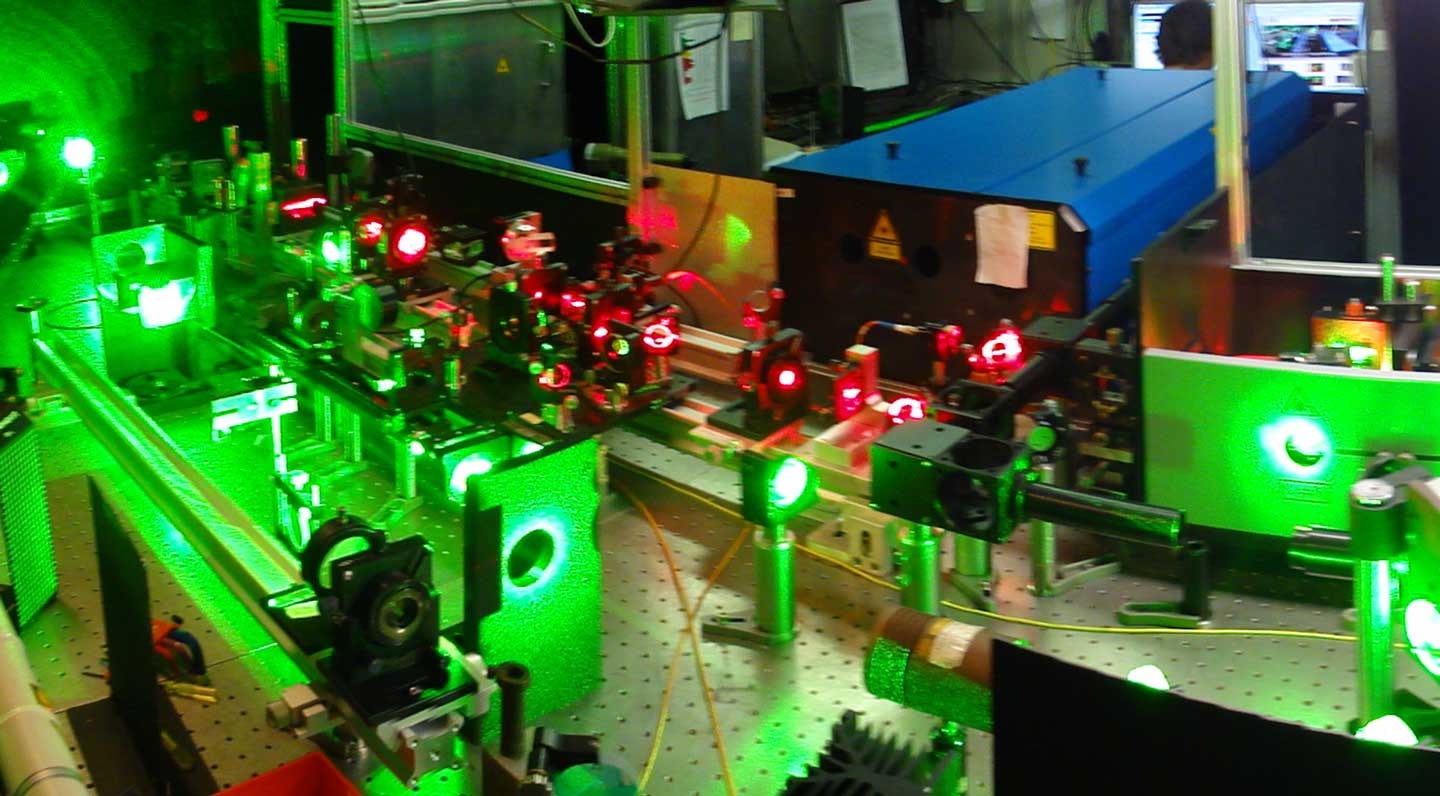An international team of physicists at the radioactive-beam facility ISOLDE at CERN have for the first time measured the ionization potential of the rare radioactive element astatine.
The value for astatine, published today in the journal Nature Communications, could help chemists to develop applications for the element in radiotherapy, and will serve as a benchmark for theories that predict the structure of super-heavy elements.
The ionization potential of an element is the energy needed to remove one electron from the atom, thereby turning it into an ion. This measurement is related to the chemical reactivity of an element and, indirectly, to the stability of its chemical bonds in compounds.
Astatine occurs naturally in only trace amounts on Earth but physicists at ISOLDE can make artificial isotopes of astatine by proton-induced reactions and use wavelength-tuneable lasers to study their atomic structure through a technique known as in-source laser resonance ionization spectroscopy. By applying this technique whilst carefully scanning the laser wavelengths, ISOLDE physicists measured the ionization potential of astatine to be 9.31751 electronvolts.
The measurement fills a long-standing gap in the periodic table; astatine is the last element present in nature for which this fundamental property remained unknown. The element is of particular interest because isotopes of astatine are candidates for the creation of radiopharmaceuticals for cancer treatment by targeted alpha therapy.
"None of the many short-lived isotopes used in medicine exist in nature; they have to be artificially produced by nuclear reactions," says Bruce Marsh of the resonance ionization laser ion source (RILIS) at ISOLDE. "The possible medical isotopes of astatine are not so different in this respect. What is different about astatine is that its scarcity in nature makes it difficult to study by experiment, which is why this measurement of one of the fundamental properties is a significant achievement. "
The experimental value for astatine also serves for benchmarking theories that predict the atomic and chemical properties of super-heavy elements, in particular the recently discovered element 117, an astatine homologue.
“In-source laser spectroscopy today is a most sensitive method to study atomic properties of exotic short-lived isotopes," says RILIS team leader Valentin Fedosseev. "It is well suited to explore the spectra of artificially produced elements, like the super-heavy ones. The success in this study of astatine has added confidence for similar projects started recently at GANIL, France and at JINR, Russia.”
Read the paper: "Measurement of the first ionization potential of astatine by laser ionization spectroscopy"

